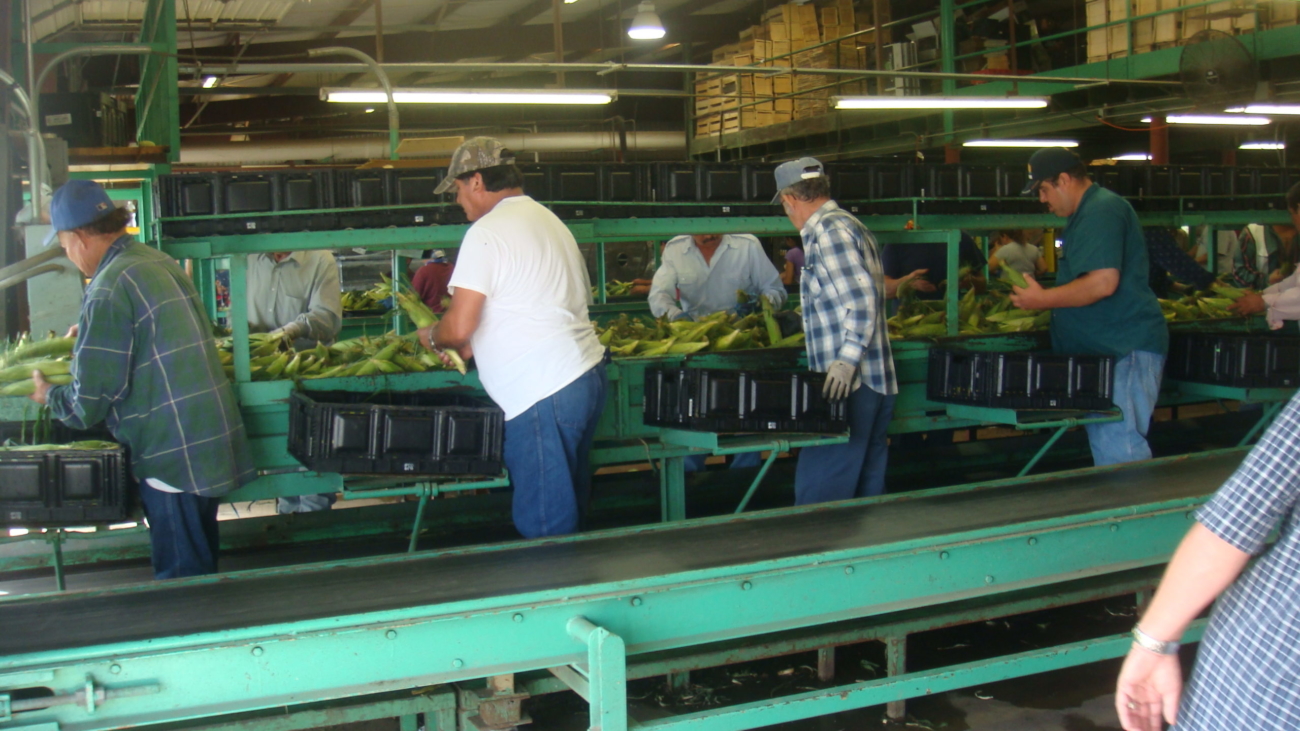Grapes are one of the most popular types of berries in the world. They have been cultivated domestically for over 6,000 years and are an integral part of cultures around the world. As with most fresh fruits and vegetables, however, proper cooling and storage is crucial for preserving quality and shelf life. Let’s take a look at some general facts about grapes, conditions that affect their cooling and storage, and successful preservation methods.
General Facts About Grapes
Grapes are a fruiting berry that grow on deciduous vines. They can be eaten raw or processed and consumed in a variety of different foods and drinks, in particular wine. archeological evidence shows that humans have been producing wine for at least 8,000 years and it is believed that grapes were domesticated between 6,000 and 8,000 years ago. Grapes are often classified as either table grapes or wine grapes. Table grapes are eaten raw, used for grape juice, jams, or other food, while wine grapes are used for winemaking.
Depending on their intended use grapes are grown and cultivated to have different characteristics. Tables grapes are usually larger and have thinner skins than wine grapes. Meanwhile wine grapes tend to have a higher sugar content and thicker skins since these traits are desirable for winemaking. Grapes themselves varieties and colors including green, dark blue, yellow, orange, pink, crimson, and black. So called “white grapes” are actually green.
The Many Uses of Grapes
Grapes have a wide variety of uses. In addition to being eaten raw or made into wine, they are also commonly fermented into brandy or vinegar. Non-fermented grapes are used for grape juice, which may be consumed by itself or in various juice cocktails. Meanwhile grapes are also one of the most popular types of dried fruit and are frequently turned into raisins. Dried grapes are usually known as raisins; however, they may also be called currants when they are dried from Corinth grapes – “blackcurrants” and “redcurrants” are different types of berries unrelated to grapes – or they may be called sultanas when they are made from the Sultana grape, or when raisins made from non-sultana grapes are bleached to have the appearance of traditional sultanas.
Grapes are also of significant importance in jam, jellies, and other preserves. Additionally grape leaves are often used in Mediterranean dishes and grape seeds may be used to make grape seed oil for cooking or grape seed extract.
Grapes are also believed to have health-promoting properties. Research indicates that the resveratrol in their skins may help protect or improve the cardiovascular system. They are also being studied for possible effectiveness in reducing the risk of cancer, though that link has not been proven.
General Information About Cooling and Storing Grapes
Whether they are going to be eaten raw, made into juice or wine, or used in other products, it is important to properly cool and store grapes to keep them fresh, delicious, and nutritious.
Temperature – Grapes should be stored at a temperature of about 30°F-32°F. Cooler storage runs the risk of freeze damage whereas warmer temperatures may be insufficient to fully preserve them.
Relative Humidity – Grapes have a very high moisture content and as such require a high relative humidity. They should be stored at a relative humidity of about 90%-95%. Additionally it is important to avoid placing them directly in the path of rapidly flowing air since this will hasten dehydration.
Storage and Handling – Grapes should be stored away from other produce that have a strong smell since they may absorb odors. In particular they shouldn’t be left near onions and leeks. It is also important to ensure that there is adequate air flow around the grapes to keep them cool and that they are not too tightly packed together. Finally, all efforts should be made to prevent the grapes from coming into contact with water since this will also hasten decay.
Shelf Life – Under proper conditions fresh grapes will have a shelf life of about 1-2 weeks. Longer shelf lives may be attained if the fruit is frozen, processed, or preserved.
Ethylene – It is worth noting that unlike many other types of produce grapes are not ethylene sensitive and the presence of ethylene will not affecting ripening or decay.
Methods of Cooling Grapes
For best results grapes should be cooled using the forced-air method. This involves placing the grapes in a refrigerated room such as a cooler and using fans to force air circulation. However, once again it is important to avoid inadvertently dehydrating the grapes with too heavy or direct an air flow. The user of a humidifier may be required to keep the grapes properly hydrated.
SEMCO/SEMCOLD LLC provides high quality, dependable cooling and storage solutions for commercially grown grapes. We know how important freshness is to our clients and we can fully customize their cooling and storage systems to best meet the needs of their particular operation. Contact us for additional information or to create a custom cooling system.

